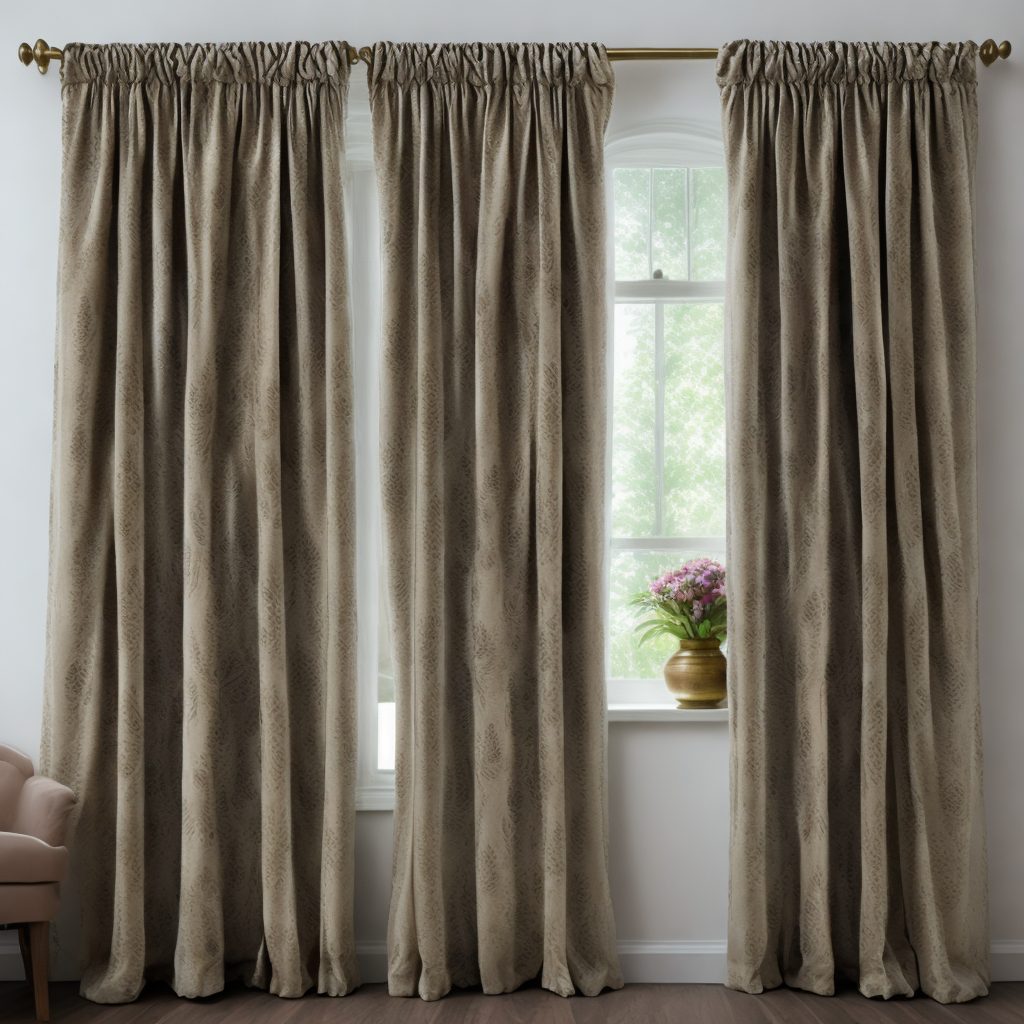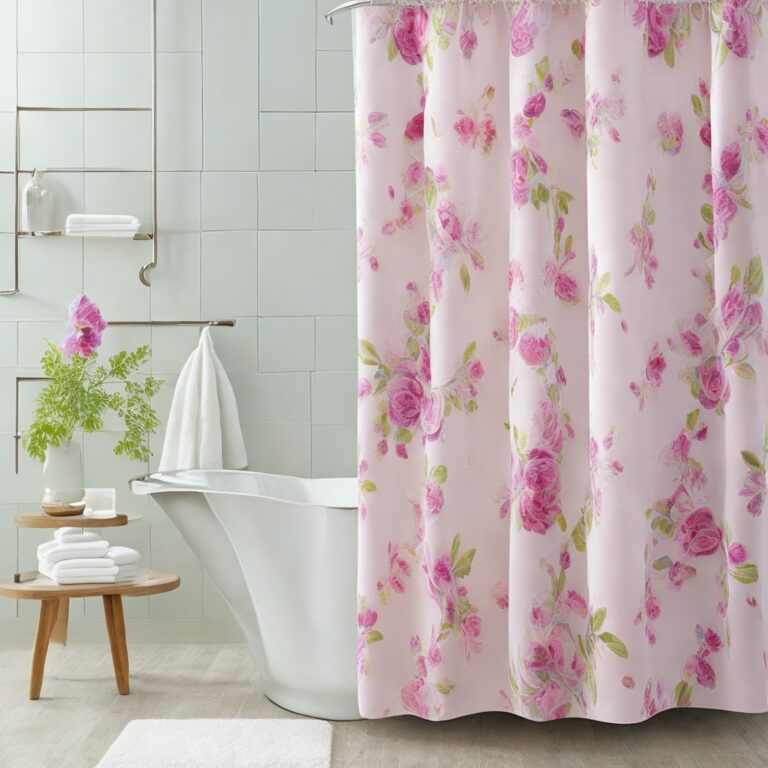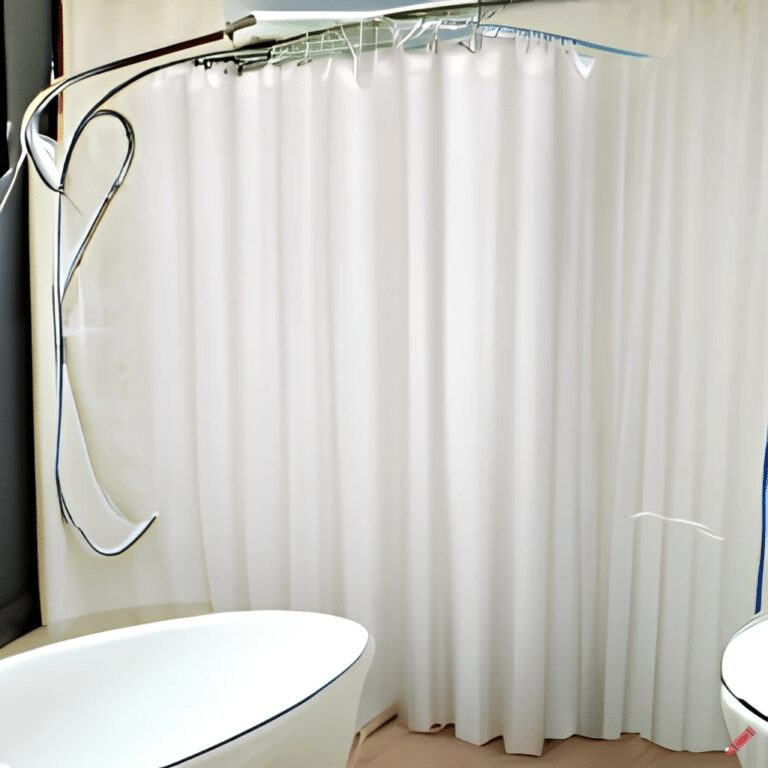How Often Should You Change Curtains in Your House? The Ultimate Easy Guide
Curtains play a significant role in enhancing the overall ambiance and style of a house. They not only provide privacy but also contribute to the visual appeal of the rooms. However, like any other element of home decor, curtains require regular maintenance and eventual replacement. In this comprehensive guide,
we will explore the question, “How often should you change curtains in your house?” We will delve into various factors that influence certain lifespans, signs indicating the need for replacement, tips to prolong their longevity, and considerations for selecting the right curtain materials. By the end, you will have a better understanding of how to maintain your curtains effectively and keep your home looking fresh and inviting.
Understanding Curtain Lifespan
To effectively determine how often curtains should be changed, it is crucial to understand the factors that influence their lifespan. By considering these factors, you can assess the condition of your curtains and make informed decisions about replacement. Let’s explore the key factors that impact curtain longevity:
- Fabric Quality: The quality of the fabric plays a significant role in how long curtains will last. High-quality materials tend to withstand wear and tear better than low-quality ones.
- Sunlight Exposure: Continuous exposure to sunlight can cause fading and deterioration of curtain fabrics over time. The intensity of sunlight and the duration of exposure can affect how quickly this occurs.
- Cleaning Methods: Improper cleaning techniques, such as using harsh chemicals or incorrect washing procedures, can damage curtains and reduce their lifespan. Understanding the appropriate cleaning methods is essential for maintaining their integrity.
- Environmental Factors: The environment in which curtains are placed can impact their longevity. Factors such as humidity, dust, and air quality can contribute to the deterioration of curtain fabrics.
Why Changing Curtains Regularly is Important
Before delving into the frequency of changing curtains, let’s understand why it is important to do so. Over time, curtains accumulate dust, dirt, allergens, and pollutants from the environment. These particles not only affect the cleanliness of your curtains but also impact the indoor air quality of your home. Additionally, exposure to sunlight can cause fading and discoloration of the fabric, diminishing the visual appeal of your curtains. By changing curtains regularly, you can maintain a clean and healthy living environment while keeping your home visually appealing.
Signs It’s Time for a Curtain Change
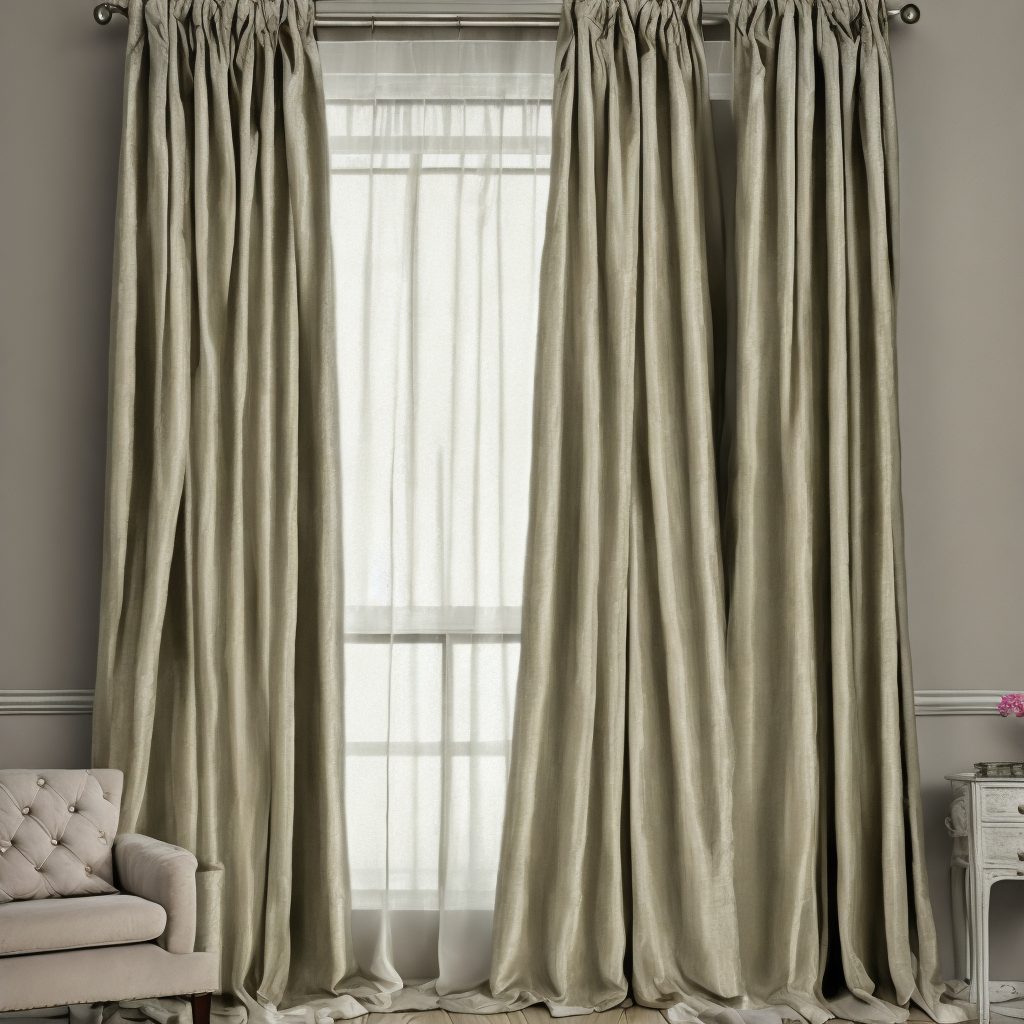
Signs It’s Time for a Curtain Change
1. Fading color and pattern
One of the most visible signs that it’s time to change your curtains is fading color or pattern. Exposure to sunlight and other elements can cause curtains to lose their vibrancy and look dull. The fading may be gradual, and you may not notice it immediately, but over time, it becomes obvious. Replacing your curtains can bring a renewed sense of style and enhance the overall look of your room.
2. Fabric deterioration
The fabric of your curtains can undergo wear and tear due to various factors such as sunlight, humidity, and frequent use. Deterioration can manifest in various ways, including holes, fraying, and thinning of the fabric. If you notice that your curtains feel thin and fragile, it may be time to replace them. Old and deteriorated curtains not only detract from the aesthetic appeal of your room but can also be a safety hazard.
3. Visible stains and discoloration
Curtains are prone to stains and discolorations, especially if they are in high-traffic areas or exposed to moisture. If your curtains are stained and discolored, cleaning may not be enough to restore them to their former glory. Old stains can also attract pests and harbor bacteria, making them a health hazard. It’s best to replace stained curtains to ensure a clean and fresh environment.
4. Unpleasant odors
Odors can linger in fabrics, especially if they are not frequently washed or dried properly. If you notice a musty or unpleasant smell coming from your curtains, it’s time to replace them. Mold, mildew, and other microorganisms can grow in damp curtains, leading to respiratory problems and allergies.
5. Structural damage or wear and tear
Lastly, curtains can sustain structural damage from frequent use, dragging on the floor, or accidents. Signs of damage may include rips, holes, or loose threads. Even if the damage is small, it’s best to replace your curtains to avoid further deterioration and maintain the aesthetic appeal of your room.
Curtains are an important part of home decor, but like everything else, they require regular maintenance and eventual replacement. Signs that it’s time for a curtain change include fading colors and patterns, fabric deterioration, visible stains and discolorations, unpleasant odors, and structural damage. By keeping an eye out for these signs and replacing your curtains on a regular basis, you can ensure a clean and fresh environment and enhance the overall style of your home.
Frequency of Curtain Replacement
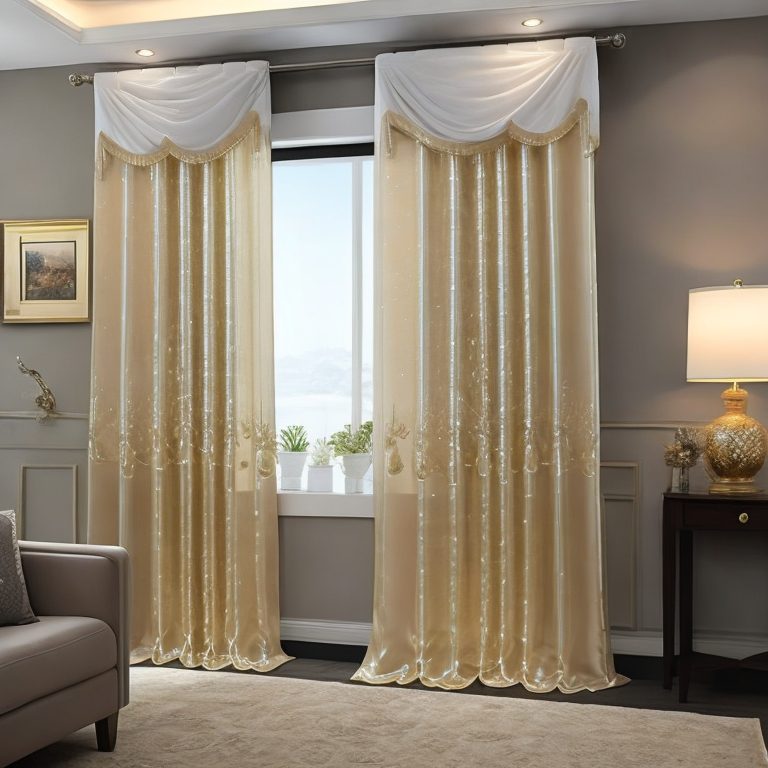
Curtains require regular maintenance and eventual replacement to ensure they continue to serve their purpose of providing privacy and enhancing the aesthetic appeal of your home. While there is no strict rule for how often you should replace your curtains, there are some general guidelines you can follow. As a general rule of thumb, it is recommended to replace your curtains every 3 to 8 years. However, various factors can influence their lifespan, including the quality of the fabric, the amount of sunlight they are exposed to, and the level of maintenance they receive.
General Guidelines for Curtain Replacement
One of the primary factors that influence when you should replace your curtains is their wear and tear. Over time, curtains can become faded, torn, and frayed. These are some of the signs that indicate it is time to replace them. Additionally, as a general rule of thumb, curtains should be replaced when they start to lose their protective functions, such as blocking out sunlight or providing privacy.
Different Areas of the House and Their Impact on Curtain Lifespan
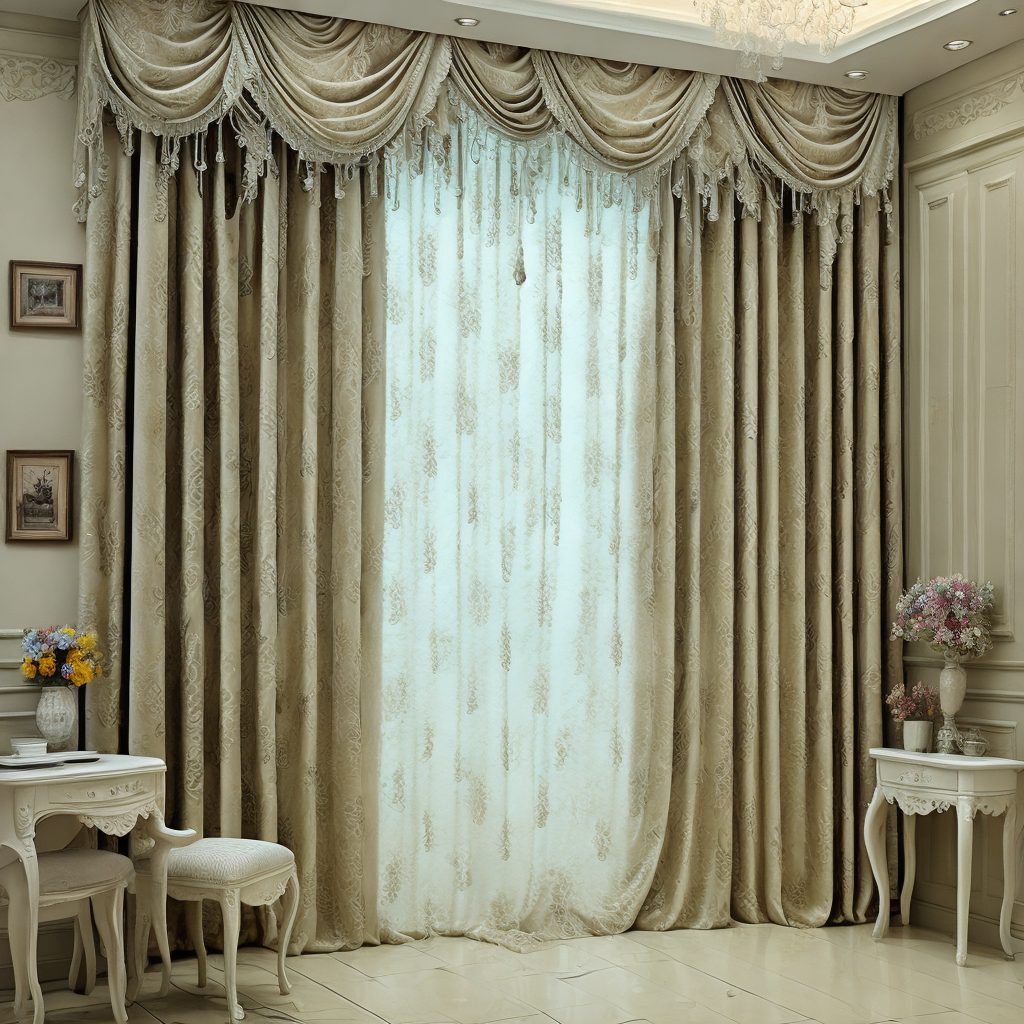
Different areas of the house can impact the lifespan of your curtains. For example, curtains in the living room tend to have a shorter lifespan than those in the bedroom since they are often exposed to more sunlight and traffic. In contrast, bedroom curtains are typically only exposed to minimal wear and tear and may last longer than those in the living room.
Living Room
Living room curtains are often exposed to sunlight, which can cause fading and damage to the fabric. Additionally, living room curtains are frequently opened and closed, making them more susceptible to wear and tear. As such, it is recommended to replace your living room curtains every 3-5 years.
Bedroom
Bedroom curtains are usually exposed to less sunlight and traffic, making them less susceptible to wear and tear. As such, they may last longer than living room curtains. However, it is still recommended to replace your bedroom curtains every 5-8 years.
Kitchen
Kitchen curtains are exposed to heat, humidity, and cooking vapors, which can cause damage and discoloration. Additionally, kitchen curtains are frequently exposed to food stains and spillages. As such, it is recommended to replace your kitchen curtains every 2-3 years.
Bathroom
Bathroom curtains are exposed to high levels of moisture, which can lead to mold and mildew growth. Additionally, bathroom curtains are frequently exposed to water stains and soap scum. As such, it is recommended to replace your bathroom curtains every year to maintain adequate hygiene and prevent bacteria growth.
The frequency of curtain replacement varies depending on various factors such as the area of the house, the quality of the fabric, and the level of maintenance they receive. However, by following the general guidelines provided, you can ensure that your curtains continue serving their purpose while enhancing the overall ambiance and style of your home.
Prolonging Curtain Lifespan
Proper curtain care and maintenance is crucial in extending their lifespan. Regular cleaning and appropriate washing techniques play a significant role in providing long-lasting curtains. It’s important to note that neglecting to clean curtains can cause dust accumulation, resulting in a shortcut curtain lifespan and a reduction in their overall appeal.
To maintain the curtains’ luster, regular cleaning is highly recommended. This could include vacuuming or gently brushing dry dust off the curtains, especially atop the rod or pleats. For frequent spills or small stains, it is advisable to spot-clean the area as soon as possible to prevent the stain from setting in deeply. However, for more significant soiling or staining, it may be necessary to undertake regular washing.
It is important to consult the manufacturer’s label for appropriate washing guidelines, taking into account the fabric’s type. For instance, for non-fabric curtains, such as vinyl or plastic materials, you can wipe them with a dampened cloth or sponge. However, for fabric curtains, most require laundering. Typically, opaque and dense fabric types like cotton or wool, can be washed in a washing machine, whereas, delicate fabrics like silk or linen may require hand washing.
Sunlight can also contribute to the deterioration of curtains. UV rays can cause fading and discoloration, especially for light-colored curtains and those made from natural fibers like cotton or linen. To protect curtains from sunlight, it’s important to consider a liner or shade. With a liner, curtains can be shielded from direct sunlight while still allowing sunlight to enter and function as a privacy feature.
Finally, to prevent dust accumulation, it’s important to maintain proper ventilation and reduce dust intake by washing other household fabrics like cushion covers, pillowcases, and bed sheets regularly. This reduces the amount of dust in the air, hence limiting dust settling on curtains.
Frequently Asked Questions (FAQs)
How Can I Tell If My Curtains Need To Be Replaced?
If you notice significant discoloration, fading, visible tears, or excessive wear and tear, it may be time to replace your curtains. Additionally, if your curtains have become difficult to clean or have a persistent musty smell, it’s a good indication that they need to be changed.
2. Can I Extend The Lifespan Of My Curtains?
Yes, you can extend the lifespan of your curtains by implementing proper maintenance and cleaning routines. Regularly dusting, vacuuming, or washing them, as recommended for the specific fabric, can help preserve their condition and delay the need for replacement.
Are there any specific cleaning techniques for different types of curtain fabrics?
Yes, different curtain fabrics may require specific cleaning techniques. It’s important to refer to the care instructions provided by the manufacturer or consult a professional cleaner for guidance on how to clean your specific type of curtains.
What Are Some Signs That Curtains Are Affecting Indoor Air Quality?
If you or your family members experience increased allergy symptoms, or respiratory issues, or notice excessive dust particles in the air, it could be an indication that your curtains are affecting indoor air quality. Regularly changing and cleaning curtains can help improve the situation.
Can I reuse my old curtains in any way?
Absolutely! Old curtains can be repurposed in creative ways. They can be used as fabric for DIY projects such as cushion covers, and table runners, or even transformed into unique wall art. Get creative and explore different possibilities to give your old curtains a new life.
Should I consider professional help when changing curtains?
The decision to seek professional help when changing curtains depends on your comfort level and expertise. While changing curtains can be a DIY project, professional assistance can ensure a precise and seamless installation, especially for complex curtain systems or large windows.
Conclusion
Ultimately, the answer to the question “How Often Should You Change Curtains in Your House?” depends on your individual needs and preferences. Fabric quality, exposure to sunlight, cleaning methods, environmental factors, fading color and patterns, fabric deterioration, visible stains and discolorations, unpleasant odors, and structural damages or wear and tear can all affect how often your curtains need to be replaced.
As a general rule of thumb, you should replace bedroom curtains every two years. Living room curtains may be replaced every three years while those in lightly trafficked areas such as guest rooms can last five or more years. However, these are only rough estimates. By assessing your own particular situation and performing an occasional check-up for signs of wear and tear, you can easily make sure that your home remains aesthetically pleasing no matter what time of year it is.

